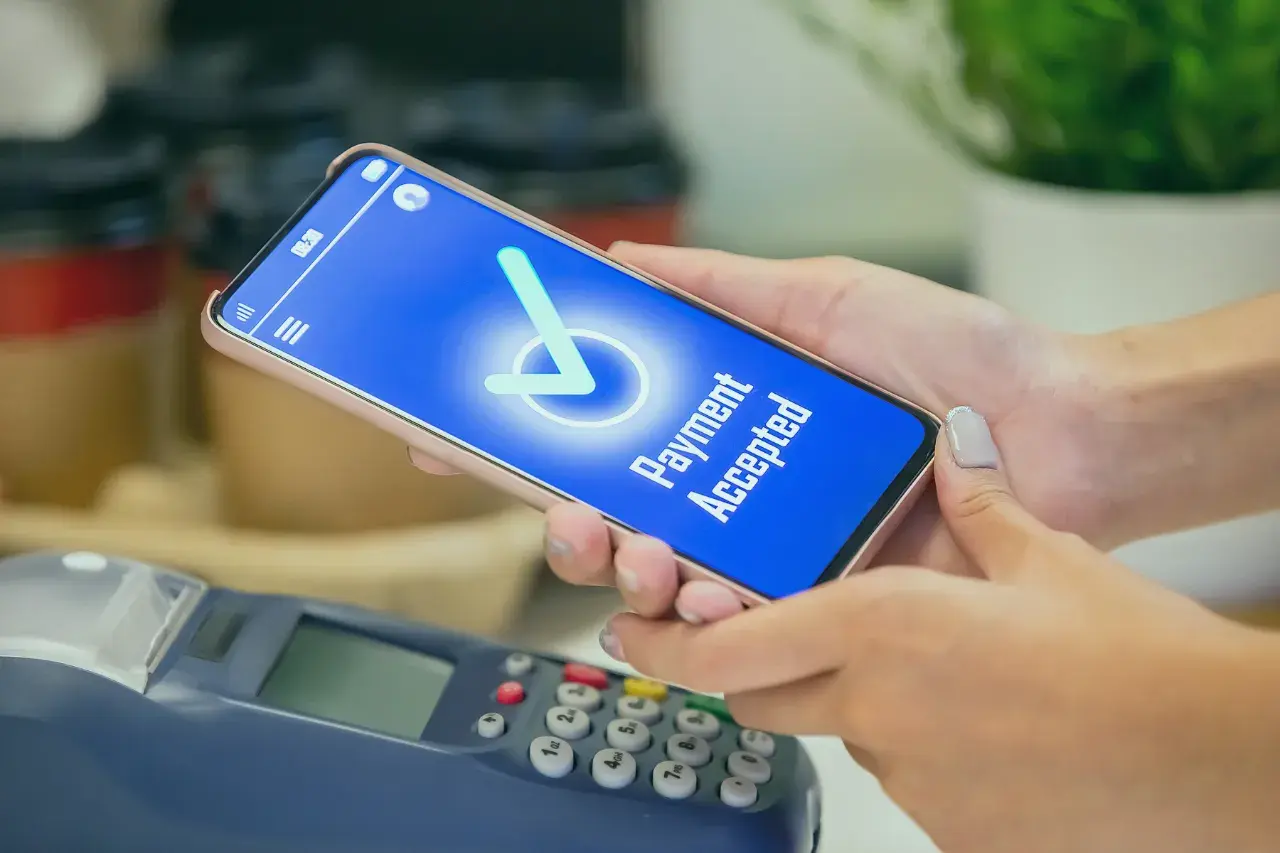
CliQ: Jordan’s Real-Time Payments Success Story
Today we want to present to you a snapshot of CliQ, Jordan’s Real-Time Payments based service. Lots has been written about PIX in Brazil and UPay in India, leaving smaller success stories overlooked. Late last year, we analyzed CliQ on behalf of a regional acquirer. Our efforts included surveys and in-depth interviews with users. What we found was a loyal and growing attachment to the product. We think the adoption and success of CliQ signals a transformative shift in consumer behavior that is a bellwether for the MEA region.
About CliQ
CliQ is one of the five payment systems owned by JoPACC.[1] Integrated into mobile banking apps, it enables 24/7 instant transfers between accounts across all participating banks as well as any mobile wallet in Jordan. CliQ uses aliases as identifiers, and these aliases can be usernames, mobile numbers, or emails, replacing the need for IBANs or account numbers when making transfers. These instant transactions include account-to-account (A2A), peer-to-peer (P2P), person-to-merchant (P2M) and QR payments.
CliQ’s Growth in Numbers
Since its launch in 2020, CliQ grew to over 1.28 million users. This accounts for nearly one fifth of all adults in Jordan, and impressively, one half of all banked consumers in Jordan. The earlier in life people are exposed to a digital payment tool, the more likely they are to continue using it later in life, and 40% of 18 to 30-year-olds have used CliQ in 2023. Indeed, 80% of the respondents in this cohort want to live in a cashless society.
In the first year of CliQ’s launch, most users used the solution only once. Today, that number is just shy of 30 transactions per year, marking a YoY growth rate of 329%.[3] Unsurprisingly, the value of transactions processed skyrocketed from US$ 1 million to US$ 7.2 billion, representing a CAGR of 1,602%.[2]
Interestingly, while the average transaction was US$ 241 in 2023, it has been steadily decreasing since its peak of US$ 316 in 2021.[3] This suggests CliQ is increasingly used for more frequent low-value purchases which is a hallmark symptom of trust and convenience.
The growing regard for CliQ held by consumers was clear in 2023. The second half of the year saw the number and volume of transactions per month swell by 77% and ~60% respectively. This growth was accompanied by a nearly doubling number of users.[3]
CliQ’s Story Through Users
The hard numbers speak for themselves, but what about consumer attitudes toward CliQ? In late 2023, we surveyed and interviewed CliQ users and found strong evidence of satisfaction and growing intention of use.
Based on a survey of 700 participants, we found that 62% of respondents confirmed using CliQ. These numbers are higher than those offered by official data, and upon closer inspection we found that a high incidence of people are using CliQ by asking an account holder to transact on their behalf – nearly 25% of under-age university students and 11% of unbanked members of households are using the solution through another family member. It is uncommon for bank account information or credit cards to be shared within a household, so the fact that family members share their use of CliQ via their account speaks highly of the convenience and trust placed in it.
The high number of users is partially attributed to how users receive their wages or stipends. Nearly one-fifth of respondents reported receiving some form of compensation or maintenance via CliQ in the last year, and among respondents who use CliQ the most, 40% say they use it to receive salary, gig-wages, and maintenance.
|
Category |
Percentage of Survey Respondents (N=700) |
|
Employees who receive money via CliQ instead of cash or check |
9% |
|
Self-employed who regularly use CliQ to receive payments from clients |
16% |
|
Unemployed users who received support from family & friends via CliQ |
22% |
|
University Students who use CliQ to receive money from family |
28% |
Impressively, 20% of survey respondents would favor CliQ as their primary payment method if Jordan were a cashless economy. The same proportion of preference appears across how Jordanians would like to pay bills of all sorts.
To be clear, the preference for cards in cashless world is nearly twice that of CliQ, but considering that CliQ has only been around for four years, the results are impressive. And already, among debit and credit card users that use payment cards frequently, 7% of respondents say they now find it easier to use CliQ than a payment card.
Why Is CliQ Successful?
CliQ’s impressive growth can be attributed to five key factors:
- Interoperable: CliQ offers full interoperability between mobile wallets and bank accounts. For example, CliQ allows customers to transfer their mobile wallet account from one phone to another and allows multiple wallets to be linked to one phone. At least three merchant acquirers work with CliQ. Interoperability makes it easier for the unbanked yet financially included to participate via mobile wallets such as Zain Cash, Orange Money, and JoMoPay—all of whom have reported rises in the reactivation of dormant e-wallets since the introduction of CliQ.
- P2M: 59% of all respondents have used CliQ to send or receive payments among friends and family, but CliQ can be used for more than P2P payments. The recent introductions of P2M and QR payments are particularly notable: according to the Central Bank of Jordan, nearly 10% of CliQ’s transactions are for purchases. Indeed, 81% of respondents mentioned they look for CliQ’s logo on online merchants’ checkout screens or on the premises of a shop. Already 23% of respondents report using CliQ most of the time for e-commerce transactions and 34% have used it for offline household purchases at least once in the last six months.
- Free: Banks do not charge any fees and the transaction limit of US$ 14K is ample enough for most users. Furthermore, it charges reduced rates for cardless cash-out of mobile wallets through bank ATMs. In comparison, CliQ’s sister payment service, eFawateercom, charges a nominal fee per use and is slightly more restricted in its application as it is mainly used for bill and service payments.
- Merchant Support: Nearly 15% of consumers report merchants charging fees to compensate for the MDR incurred for accepting cards, but no merchant surcharging was reported by users who used CliQ in store.
- Safety & Convenience: CliQ circumvents common issues presented with cash such as the need to keep change on hand, risk of theft or loss, and ensuring enough cash for payments. 83% of respondents say it is safer than cash, and 39% report it has saved them from having to visit the bank or an ATM.
Navigating Challenges
CliQ is still expected to face teething pains during 2024 and 2025. In 2022 and 2023, some banks experienced errors or outages when adopting CliQ and this scratched consumer confidence. But these initial hiccups are now mostly forgotten.
Of more relevance are three interrelated factors that negatively influenced the uptake of CliQ: none of these is a deal breaker by itself or even in aggregate, but all are nonetheless relevant to address.
- Financial Literacy: According to a study commissioned by the Central Bank of Jordan in 2022, there is considerable room for improving financial literacy. This study explored topics such as inflation, interest, and insurance. Of the seven questions asked, an average of 3.1 were answered correctly. KoreFusion’s survey supports the findings given that 79% of respondents said they wanted to improve their financial literacy and understanding of bank products, and 11% did not know where to check for CliQ transaction history within their bank app or e-wallet.
- Comfort with Technology: Many respondents shared that they did not initially understand what CliQ was or how to use it, at least in the way banks initially presented it to them. Three groups stood out in this regard: elderly, low income, and stay-at-home mothers. Of all groups, these three had spent the least time using CliQ and all had the lowest number of monthly transactions. The good news is that these cohorts are adopting CliQ. The learning is that upgrades and UX can likely be optimized in ways that will make it easier for them to navigate and make use of future overlay services.
- Concerns with Fraud: Nearly one-third of CliQ users reported experiencing or hearing of fraud when using CliQ. The application itself is safe but like any other e-wallet or card product, it is susceptible to fraudsters’ phishing and unscrupulous merchants who keep funds without delivering goods, and it is this type of fraud that respondents are referring to. Nonetheless, they associate the fraud, if perhaps unfairly, with shortcomings in CliQ. Fortunately, only 8% think this is something to seriously worry about, but 27% are not sure what to do in case their account was accessed or if they needed to block it remotely because their phone was lost or stolen.
Looking Forward
CliQ certainly must address its teething challenges, but the ground swell is undeniably on the side of further uptake. We think the future is bright for CliQ. Overall, it receives an NPS of 41 and is preferred to cash by 87% of users. These scores will likely rise as both the number of individuals and merchants accepting CliQ grows. Indeed, the single most requested feature CliQ users have is that more merchants, including street vendors and kiosks, accept it as payment.
CliQ may run up against a glass ceiling of users that is set by the unbanked population. On the other hand, within the realm of the banked population, CliQ stands to make inroads against existing and emerging card use. Merchants already appreciate it being a free means to avoid the cost and hassle of using cash, and its penetration among end-users is creeping up on debit card penetration. Of particular note, the average number of transactions per month is nearly twice that of debit cards.
CliQ is even being discussed by forward-looking PSPs and regulators as one day operating beyond Jordan by virtue of the possible interlinking of regional RTP schemes like Buna.
[1] JoPACC: Jordan Payments and Clearing Company
[2] JoPACC annual payment systems reports 2020-2023
[3] JoPACC monthly payment systems reports 2023
Author:

Sara Ba'ara
Share:
